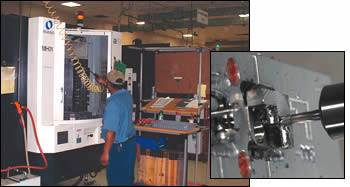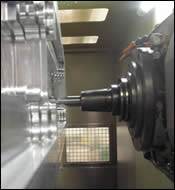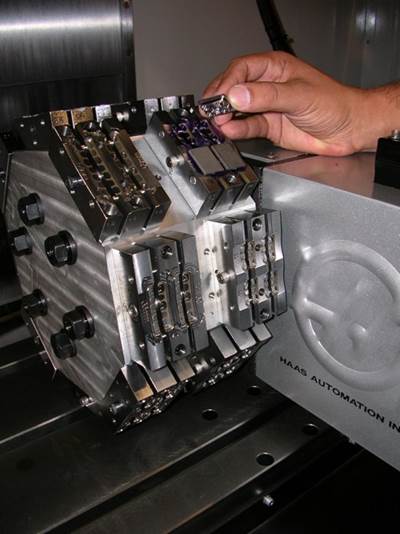-
SPONSORED
-
SPONSORED
Aerospace
Striving To Be Partners, Not Shops
The two divisions within this business machine complex parts for the medical and aerospace industries. So in that sense they’re shops. However, in order to grow with their customers, they realized they had to be more than just providers of good parts. They needed to serve as their customers’ manufacturing partners.
Read MoreApplying A High Speed Machining Discipline Without The Speed
In this shop, high speed machining makes sense at 4,000 rpm. While the disciplines the shop put in place made a new 15,000-rpm profiler dramatically more productive, high speed machining would have remained valuable even if the new machine never came. Acoording to a co-owner of this shop, high speed machining has no need for speed.
WatchGet Better Before You Get Bigger
Rather than making a major new machine tool purchase just yet, this shop is finding additional capacity on the equipment it already has. What once was a vertical machining center will become a flexible automated production center for unattended machining.
Read MoreStart-Up Shop Makes Splash Machining Aluminum Guitars
This shop needed a CNC machine to produce aluminum guitars. Equipped with probing capability and the visual quick code (VQC) programming system, the Hass VF-3 VMC has the flexibility to product not only guitars, but also a range of other components, including aerospace tooling, nautical components and automotive parts.
Read MoreAdaptive Machining For Turbine Blade Repair
Real-time-responding CNC brings new possibilities to difficult machining applications.
Read MoreCreep-feed Grinding Is A Milling Process
Because creep-feed grinding is essentially a milling process, why not use a VMC? A grinding machine supplier describes how a VMC platform can make creep-feed grinding more effective.
Read MoreFive-Axis Machining Has Special Workholding Needs
This clamping system allows a workpiece to be rigidly clamped while raised up from the surface of the worktable on a five-axis machining center. Moving the workpiece away from the table creates clearance for the spindle nose and cutting tool when the table swivels the workpiece for multi-sided machining, or when the spindle head rotates and swivels to do contouring or sculptured surfaces. Without this clearance, the user may be forced to refixture the part or to switch to a longer, less rigid tool.
Watch





